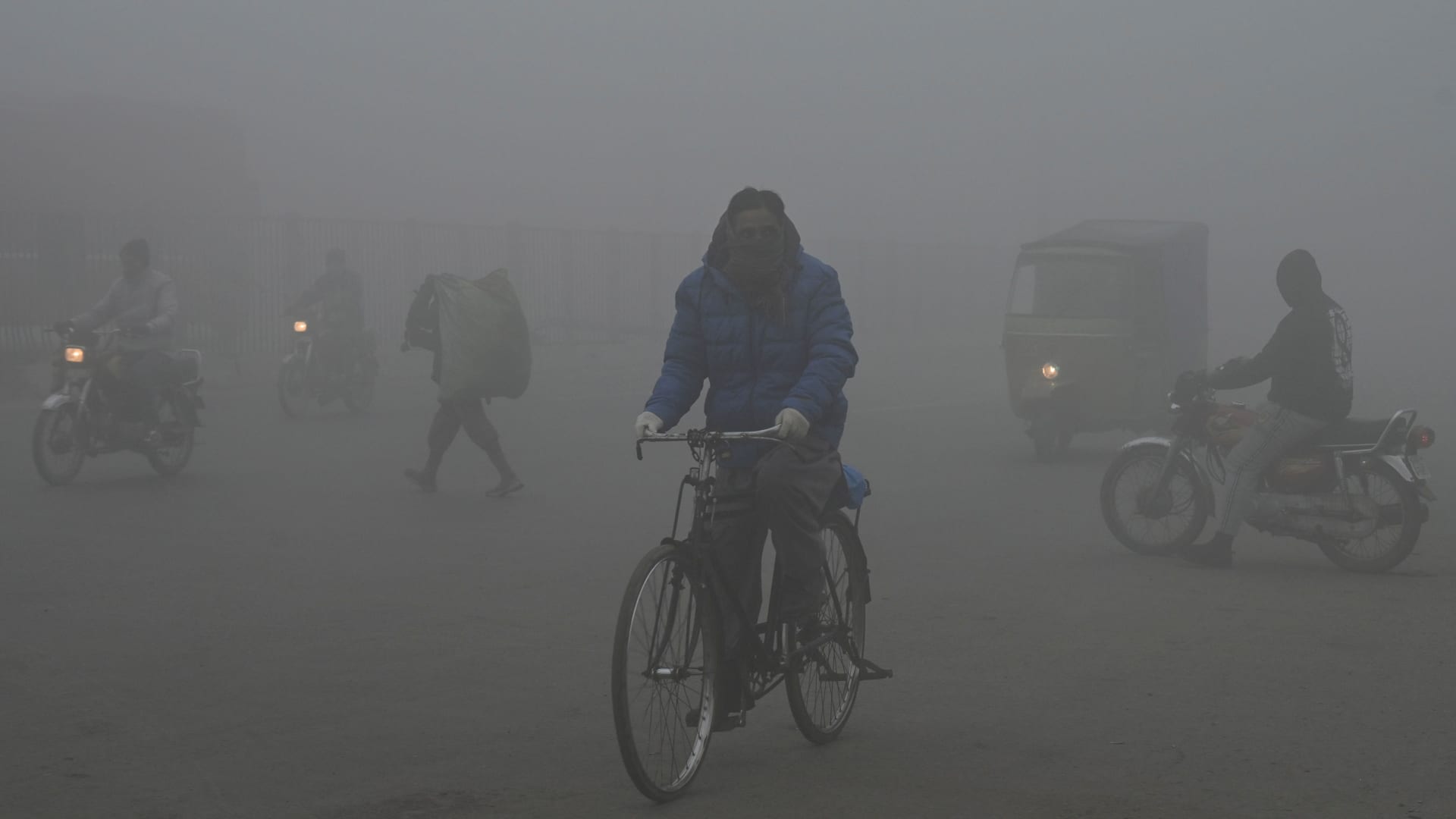Products You May Like
About 90% of the global population in 2022 experienced unhealthy air quality, and only six countries met the World Health Organization’s recommendations of safe air pollutant levels, according to a new report from Swiss air quality technology company IQAir.
IQAir measured air quality levels based on the concentration of lung-damaging airborne particles known as PM 2.5. Research shows that exposure to such particulate matter can lead to heart attacks, asthma attacks and premature death. Studies have also linked long-term exposure to PM 2.5 with higher rates of death from Covid-19.
When the WHO first published air quality guidance in 2005, it said the acceptable levels of air pollution were less than 10 micrograms per cubic meter. In 2021, the WHO changed its benchmark guidelines to below 5 micrograms per cubic meter.
The report found that the top five most polluted countries in 2022 were Chad, Iraq, Pakistan, Bahrain and Bangladesh. The most polluted cities globally were Lahore, Pakistan; Hotan, China; Bhiwadi, India; Delhi, India; and Peshawar, Pakistan.
Lahore’s air quality worsened to 97.4 micrograms of PM 2.5 particles per cubic meter in 2022 from 86.5 in the year prior, making it the most polluted city in the world.
The report also said India and Pakistan endured the worst air quality in the Central and South Asian region, where more than half of the population resides in areas where the concentration of PM 2.5 particles is about seven times higher than WHO’s suggested levels.
In the U.S., the most polluted major cities were Columbus, Ohio, followed by Atlanta, Chicago, Indianapolis and Dallas. Air quality in Columbus hit 13.1 micrograms of PM 2.5 particles per cubic meter in 202, making it the most polluted major city in the U.S.
The Biden administration this year proposed limiting pollution of industrial fine soot particles from the current annual level of 12 micrograms per cubic meter to a level between 9 and 10 micrograms per cubic meter. Some public health advocates criticized that proposal as not going far enough.
Only six countries met the WHO’s updated health limits: Australia, Estonia, Finland, Grenada, Iceland and New Zealand, the report said. The 2022 report used air quality data from more than 30,000 regulatory air quality monitoring stations and air quality sensors from 7,323 cities across 131 countries, regions and territories.
Air pollution takes more than two years off the average global life expectancy, according to the Energy Policy Institute at the University of Chicago. Sixty percent of particulate matter air pollution comes from fossil fuel combustion.
“Too many people around the world don’t know that they are breathing polluted air,” Aidan Farrow, senior air quality scientist at Greenpeace International, said in a statement.
“Air pollution monitors provide hard data that can inspire communities to demand change and hold polluters to account, but when monitoring is patchy or unequal, vulnerable communities can be left with no data to act on,” Farrow said.
